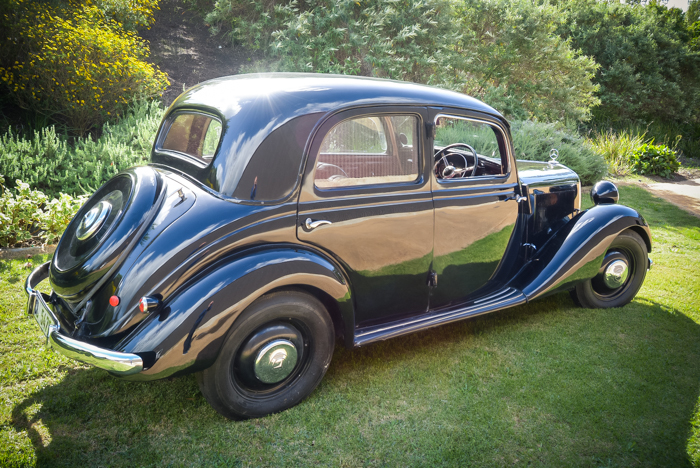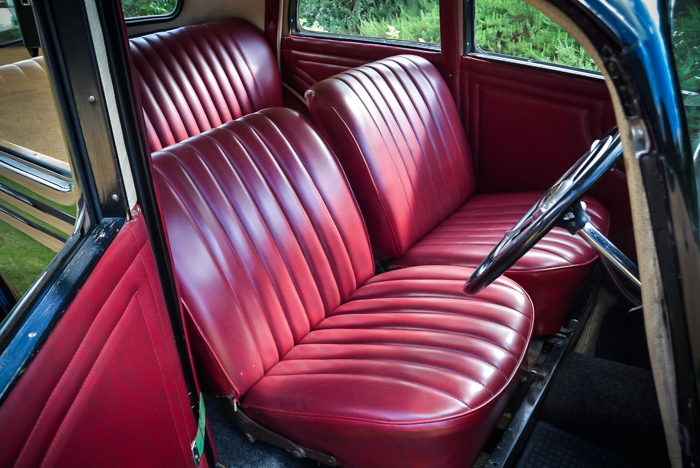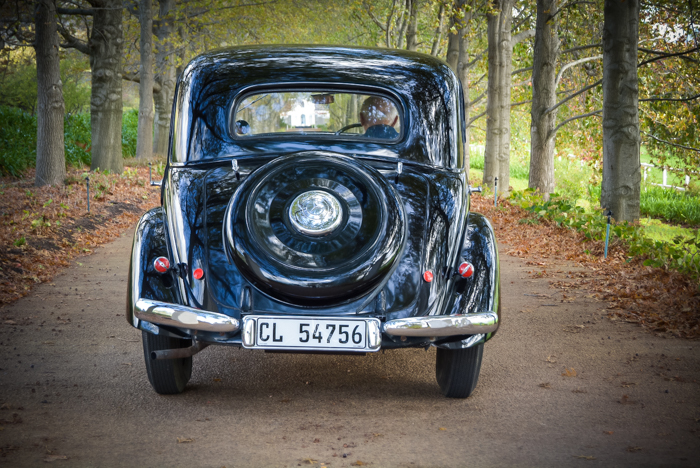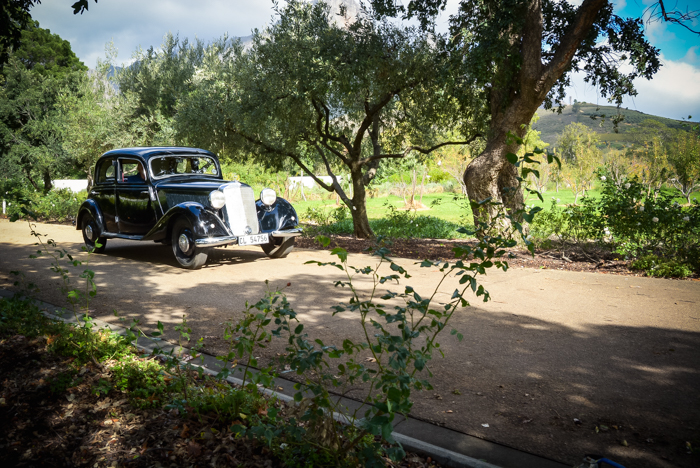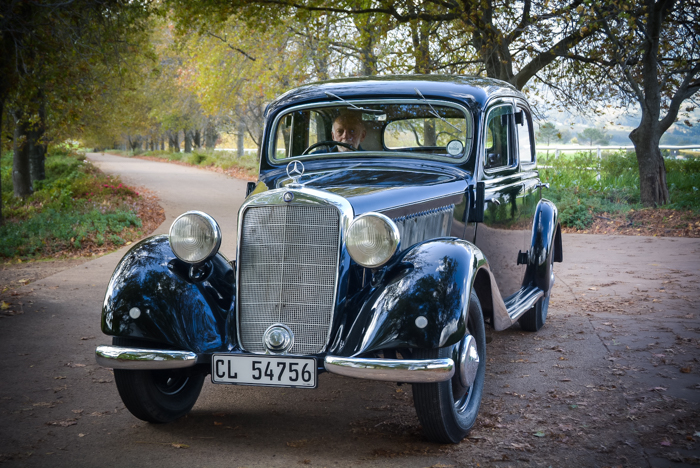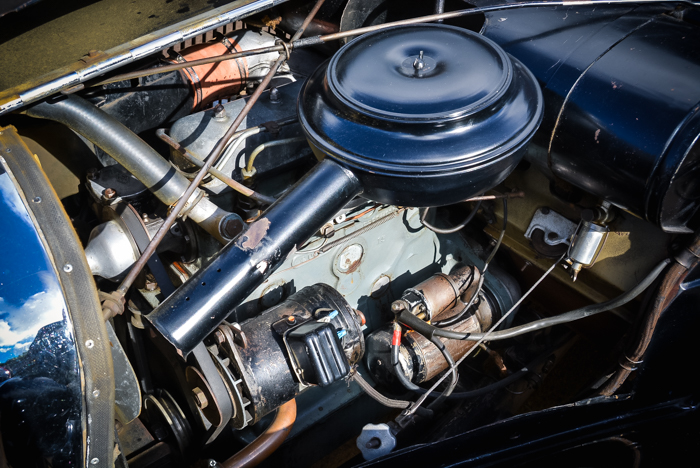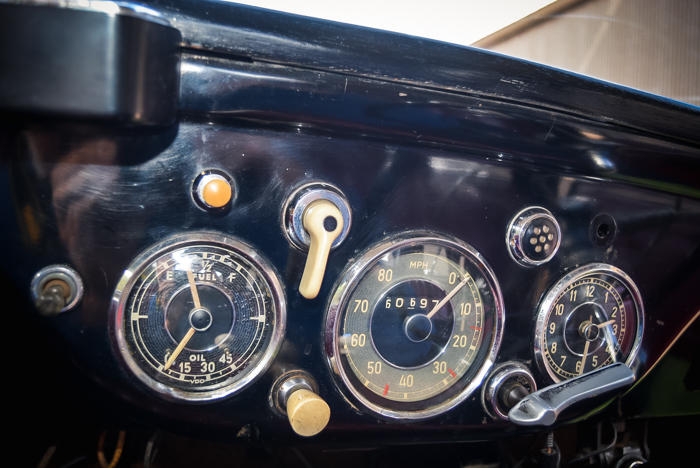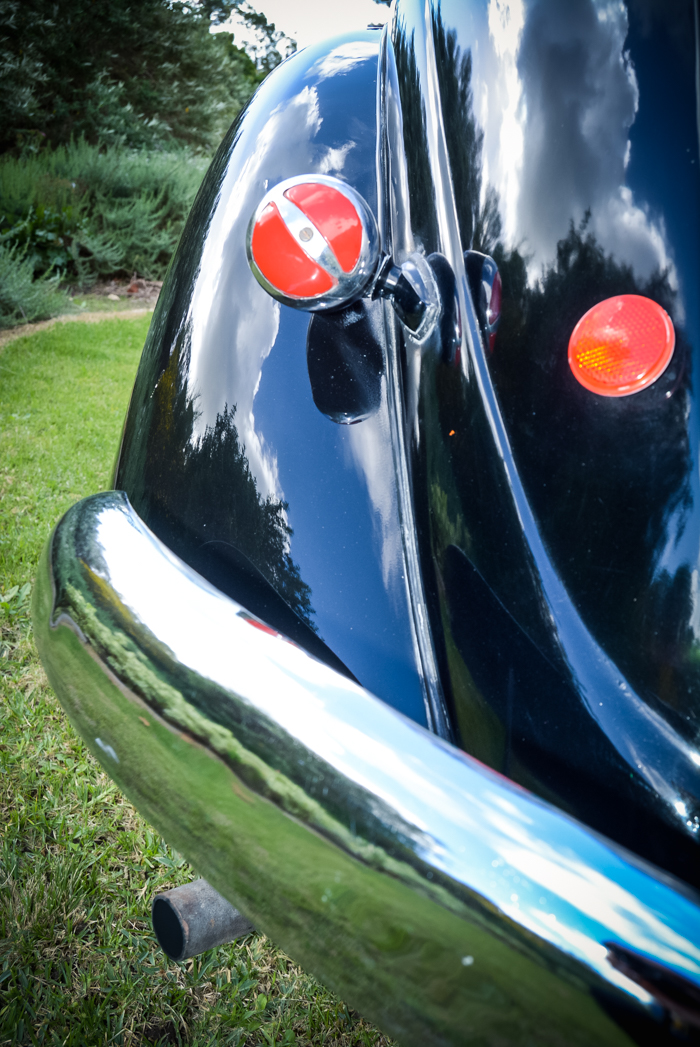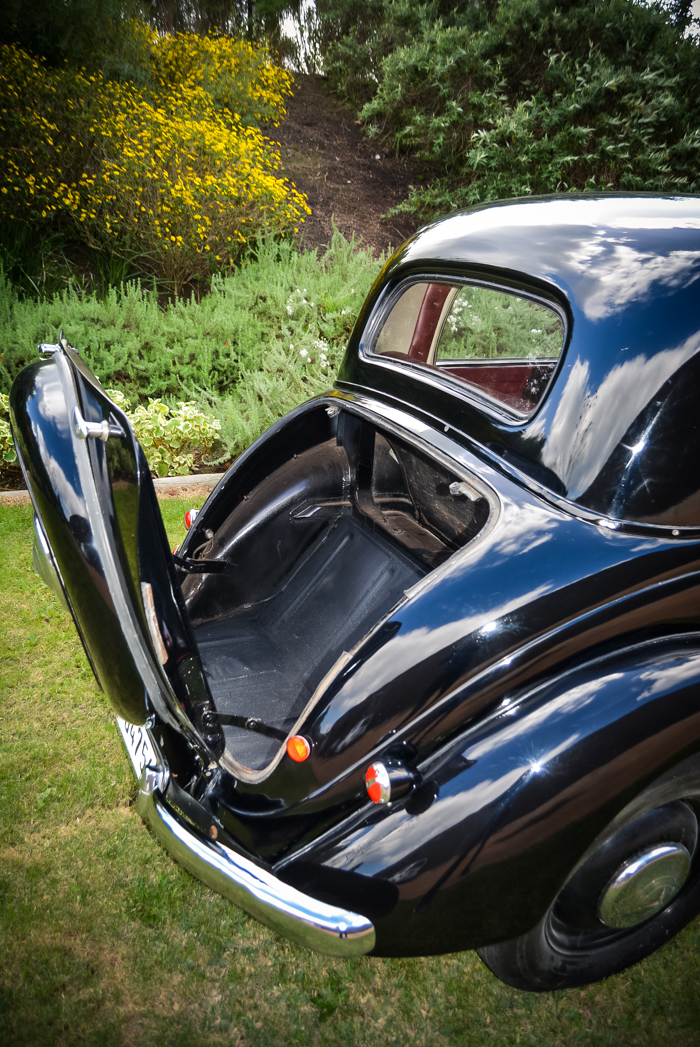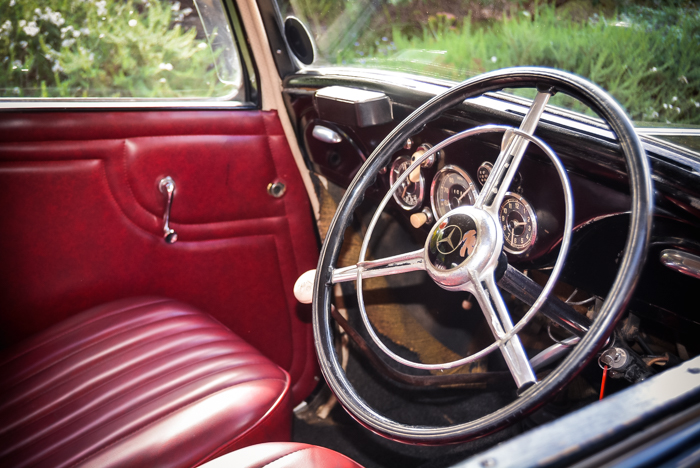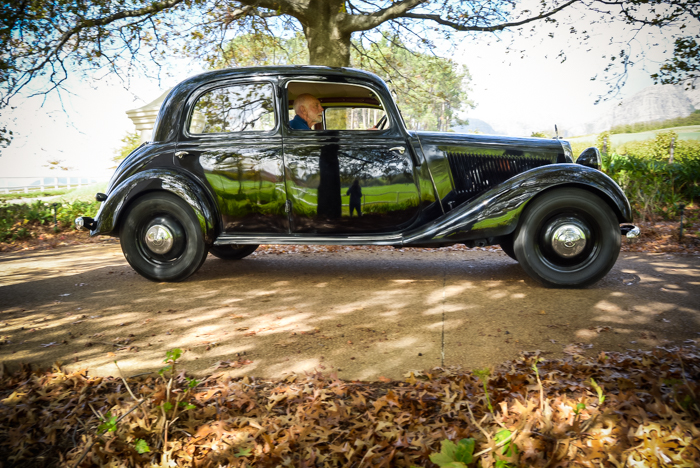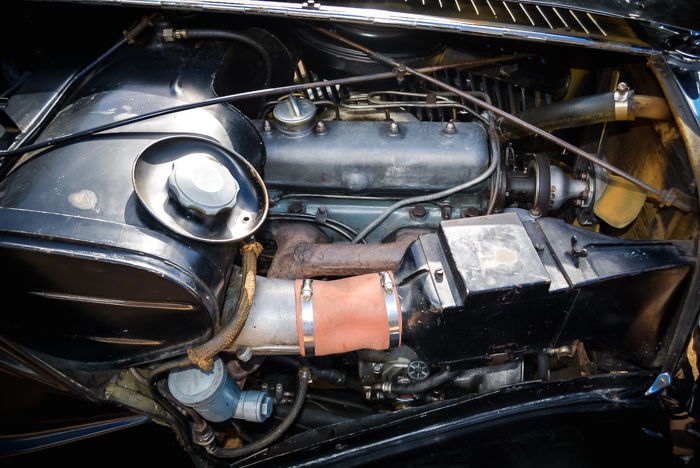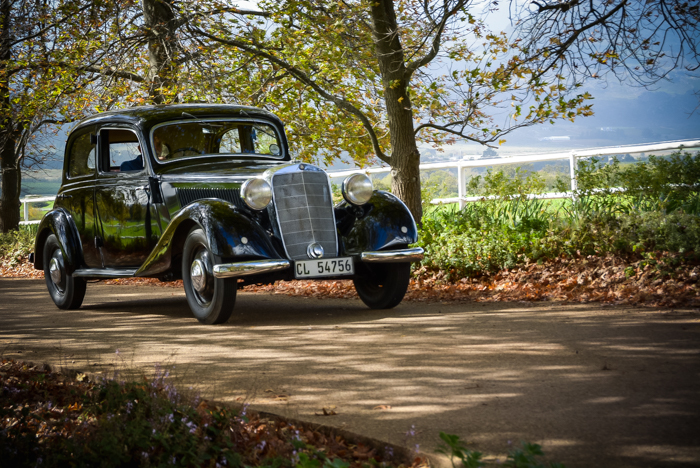
28 May Collection in action: Mercedes-Benz 170D
Collection in action
Stepping into a car that is as old as he is, the post-war Mercedes-Benz 170D, Mike Monk realises just how far diesel-engined cars have developed over the past 70 years.
The looks of pretty much all of the post-war Mercedes’ models are familiar to anyone interested in cars, although the earliest, W120 ‘Ponton’ model introduced in 1953, is nowadays a rare sight on our roads. Like practically every motor manufacturer, once peace was established Mercedes-Benz revived its pre-war model to kick-start its automotive operation. The model in question is the W136, which first appeared in February 1936 and lasted until the Ponton arrived.
From introduction to the outbreak of war in 1939, the 170V was the company’s top-selling model and by 1942 over 75 000 had been built – by far M-B’s most popular model ever. Most of its production tooling survived the bombing raids and by 1947 was again M-B’s top-seller, a position it held until production ceased in 1953. The V stands for ‘vorn’ (‘front’) to differentiate it from the previous W28 170H – ‘heck’ meaning ‘rear’ – which indicates each model’s engine location.
The engine was a 1 697 cm3 four-cylinder indirect-injection diesel delivering 28 kW at 3 200 r/min and 98 N.m at 2 000. The 170D was the world’s third diesel-fuelled passenger car, and the first to be introduced after the war. Gearbox was a four-speed, upgraded to all-synchromesh in 1940.
The M136 engine was increased to 1 767 cm3 in May 1950 along with other upgrades including telescopic shock absorbers, a wider rear track and stronger brakes. The cabin was widened by 50 mm and larger seats fitted, while the luggage compartment finally became accessible from outside via a bottom-hinged boot lid that housed the spare wheel.
Front and rear doors are hinged on the B-pillar. Climbing aboard is easy and the dual front seats are big and fairly comfy with plenty of fore-aft adjustment. Starting calls back the past, when glow plugs were the thing. Once the ignition is switched on a dash-mounted lever needs to be turned to ignite the glow plug that takes a little while to get up to heat, and then twisted to allow the engine to clatter into life. Absolutely no use as a getaway car…
And boy does it clatter. Put the long, spindly, bent gear lever into first and away it goes, the amount of low-down torque sufficient to get the 1 250 kg saloon up and running with no fuss at all. Naturally aspirated, the oil-burner simply does its thing with a barely imperceptible change in diesel-clatter whether hauling or cruising. The big three-spoke steering wheel is fairly heavy in operation, typifying the solid feel of the car in general. The all-drum brakes stop effectively enough. A tiny dash-top rear-view mirror is all that is provided to see behind, so with a top speed of 100 km/h, rather concentrate on the road ahead and enjoy the scenery at a leisurely pace.
In 1950 and 1951, Mercedes-Benz director Herr Paulus toured Southern Africa in a 170D to test the local markets. Wonder if he managed to ever have a quiet conversation with his passengers…
